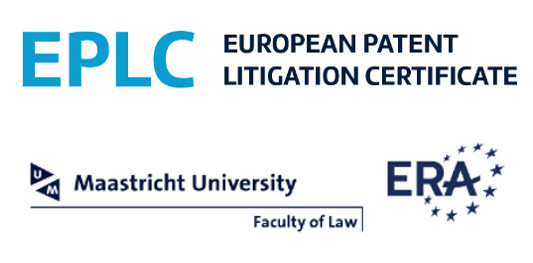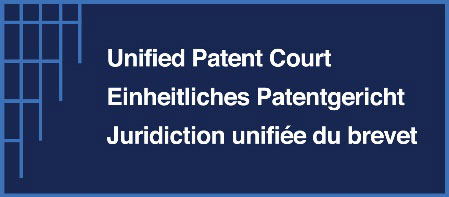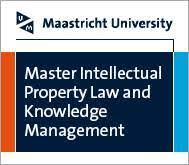Article 43
Print this pageCase management
The Court shall actively manage the cases before it in accordance with the Rules of Procedure without impairing the freedom of the parties to determine the subject-matter of, and the supporting evidence for, their case.
Case Law:
IPPT20240430, UPC CFI, LD Mannheim, Panasonic v Xiaomi
Plaintiff is upon its own request ordered to submit redacted licence agreements, subject to further to be determined confidentiality regimes under Rule 262 and 262A RoP. Order is based on the extensive case management powers vested in the Court (Article 43 UPCA) and the judge-rapporteur (Rules 101, 111 and 331 et al. RoP), not Rule 172 RoP or Rule 190 RoP.

















